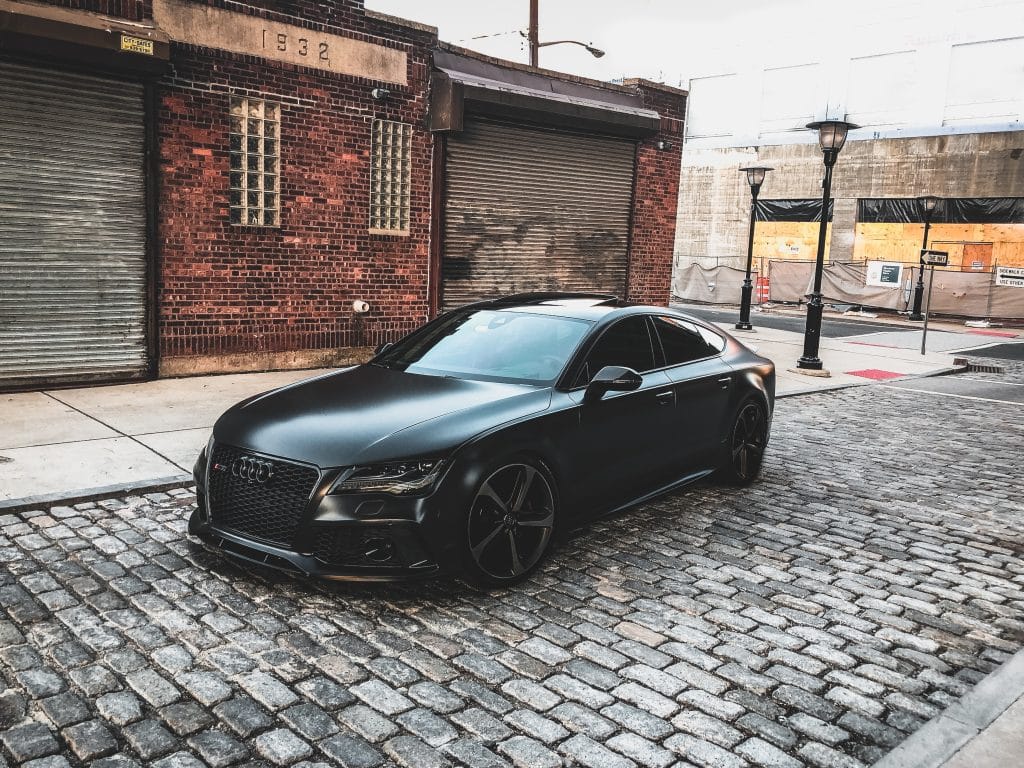Car window tint percentages refer to the amount of light that is allowed to pass through your car windows. The higher the percentage, the darker the tint will be. Most states have laws that regulate the maximum tint percentage for driver’s side and front passenger’s side windows. The rear window and back seat windows can usually be more heavily tinted.

What Is Car Window Tint And What Does It Do?
Car window tint is a film that is applied to the windows of a car. It is typically made from polyester or other synthetic materials. Window tint can reduce glare, UV rays, and heat. It can also increase privacy and security.
The Different Percentages Of Car Window Tint
There are a few different types of car window tints to choose from and the percentage of tint will determine how much light is let in. A 5% tint will allow 5% of the available light into the car. This is a very light tint and is not very common. A 30% tint is more common and it will allow 30% of the available light into the car. The darkest tint you can get for your windows is 50%, which means it only lets 50% of the available light in.
The Benefits Of Each Percentage
Car window tint comes in a variety of percentages. The most common are 35%, 20%, and 5%. Each percentage has its own benefits.
35% tint is great for everyday use. It blocks out the majority of the sun’s harmful UV rays and keeps your car cooler in the summer heat. 20% tint is a good choice for those who want a little more privacy without sacrificing too much visibility. 5% tint is the darkest legal tint and offers the most privacy and protection from the sun’s UV rays.
No matter which percentage you choose, car window tinting offers many benefits. It protects your skin from the sun’s harmful rays, helps keep your car cool, and increases privacy.
The Drawbacks Of Each Percentage
Car window tint is a popular car modification. It can improve the look of your car and protect your interior from the sun’s harmful rays. However, there are some drawbacks to car window tint.
The darker the tint, the more difficult it is to see out of your car. This can be a safety hazard, especially at night or in bad weather. You will also need to clean your windows more often as it gets harder to see out since you have window tint. Too dark of a tint can also make it difficult for law enforcement to see into your car.
Another downside to car window tint is that it can make your car hotter. The tint blocks out some of the sun’s heat, but it also traps heat inside your car. This can make it uncomfortable to drive in hot weather.
Finally, car window tint can be expensive. The darker the tint, the more expensive it is.
Which Percentage Is Right For You?
There are a few things to consider when deciding which percentage of car window tint is right for you. The amount of tint you choose should be based on the amount of sunlight that hits your car, as well as your personal preference.
If you live in a sunny climate, you may want to choose a darker tint so that you can keep your car cooler but aware of the how the sun affects window tint and eventually leading to some fading. A darker tint will also provide more privacy and security. If you live in a colder climate, however, a lighter tint will help to keep your car warmer.
Ultimately, the decision of how much tint to put on your car windows is up to you. There are no right or wrong answers, so go with what makes you feel comfortable. As long as you abide by the legal requirements in your state, you should be fine.
Conclusion
In conclusion, car window tint is a material applied to the windows of a car to reduce the amount of light that enters the car. Tinting your car windows can have many benefits, such as reducing glare and keeping the interior of your car cooler. There are different percentages of car window tint available, each with its own benefits and drawbacks as well as color choices. When choosing a tint percentage for your car, consider what you want the tint to do for you and weigh the pros and cons of each percentage.









